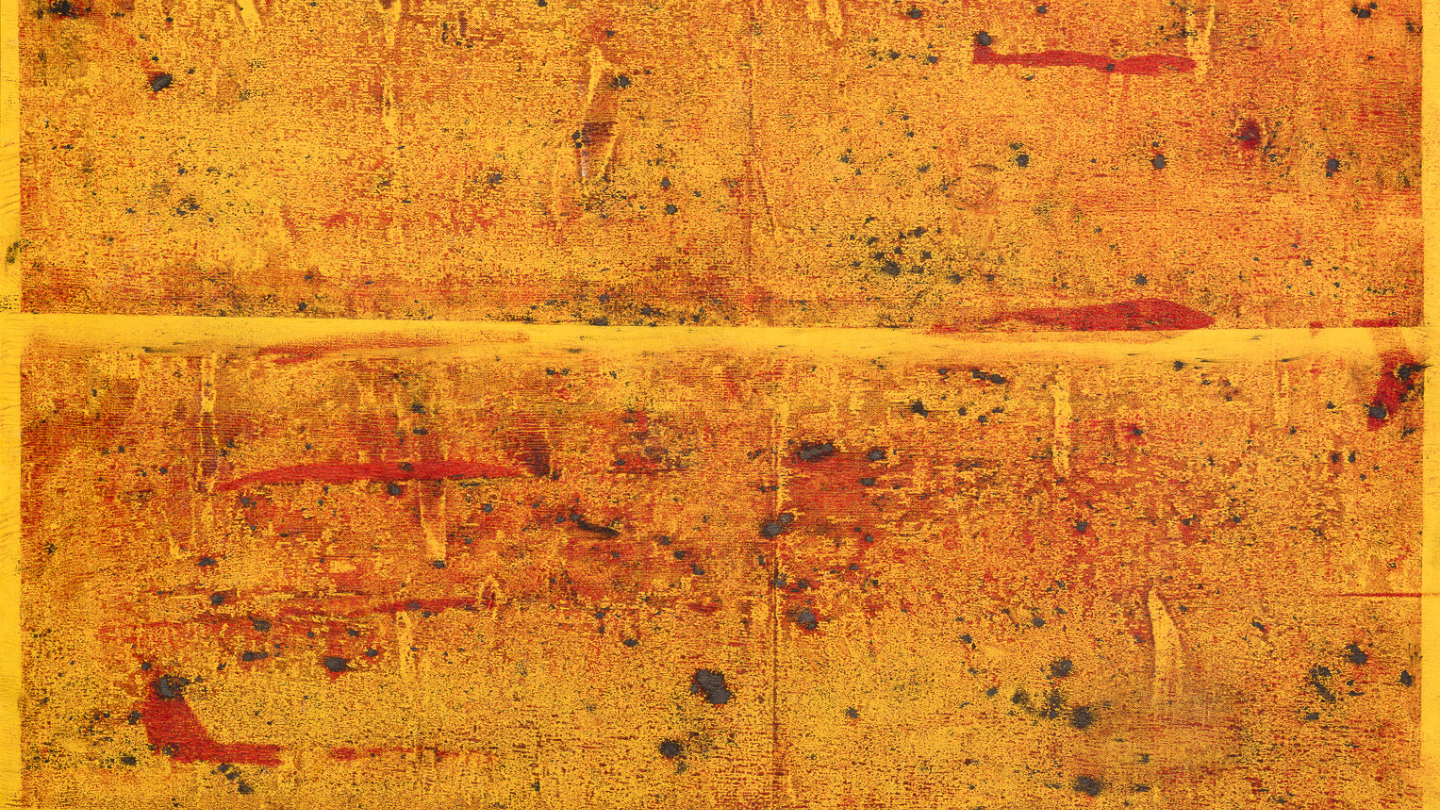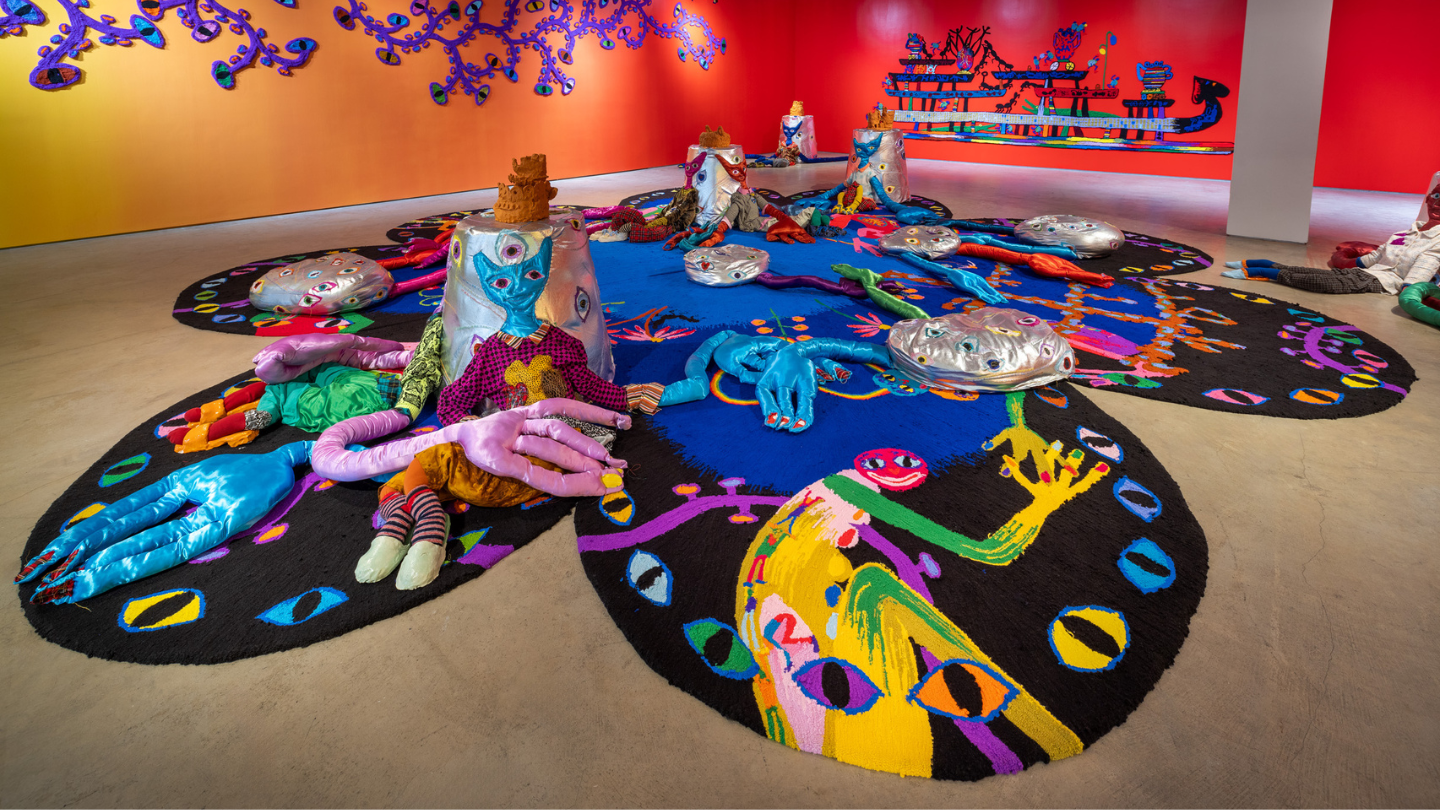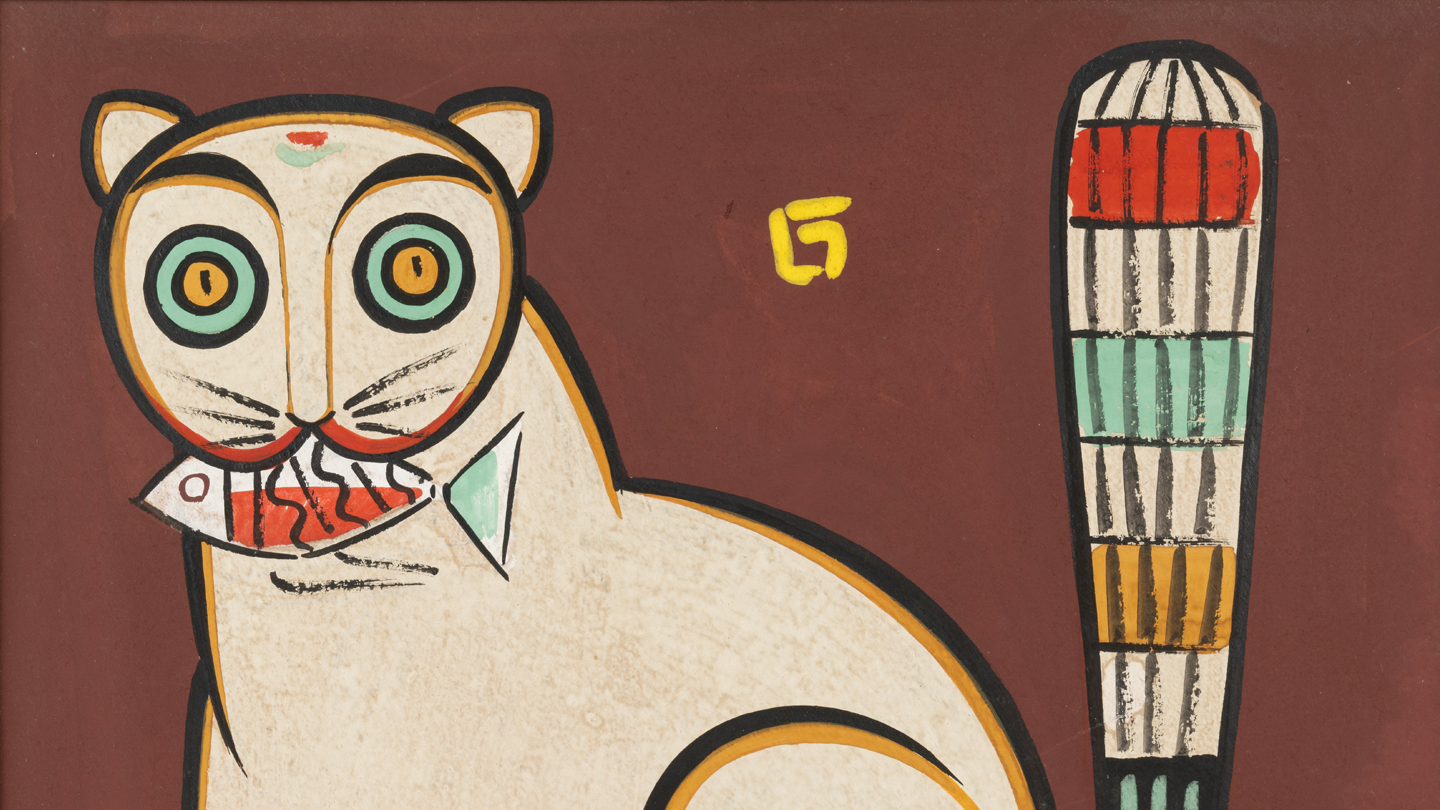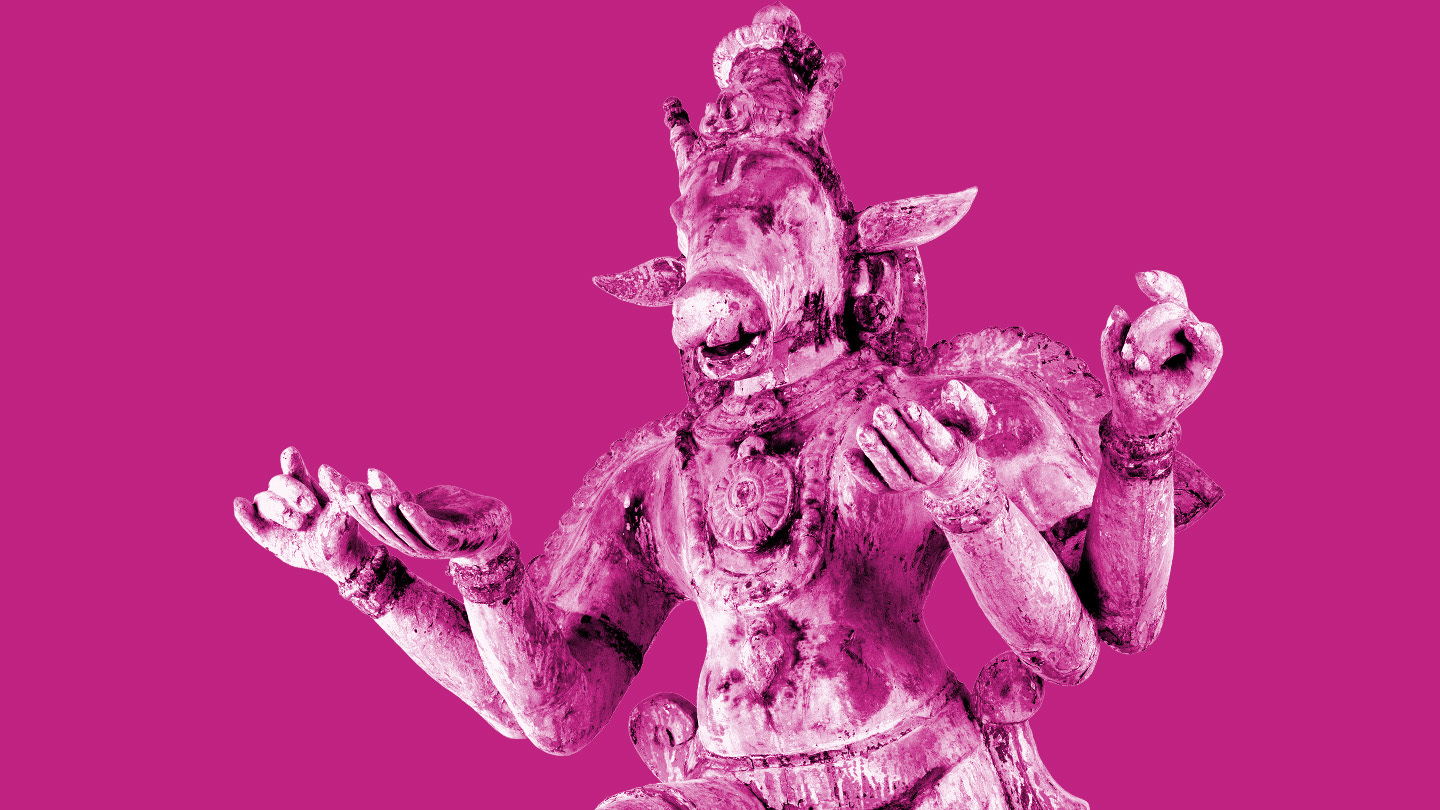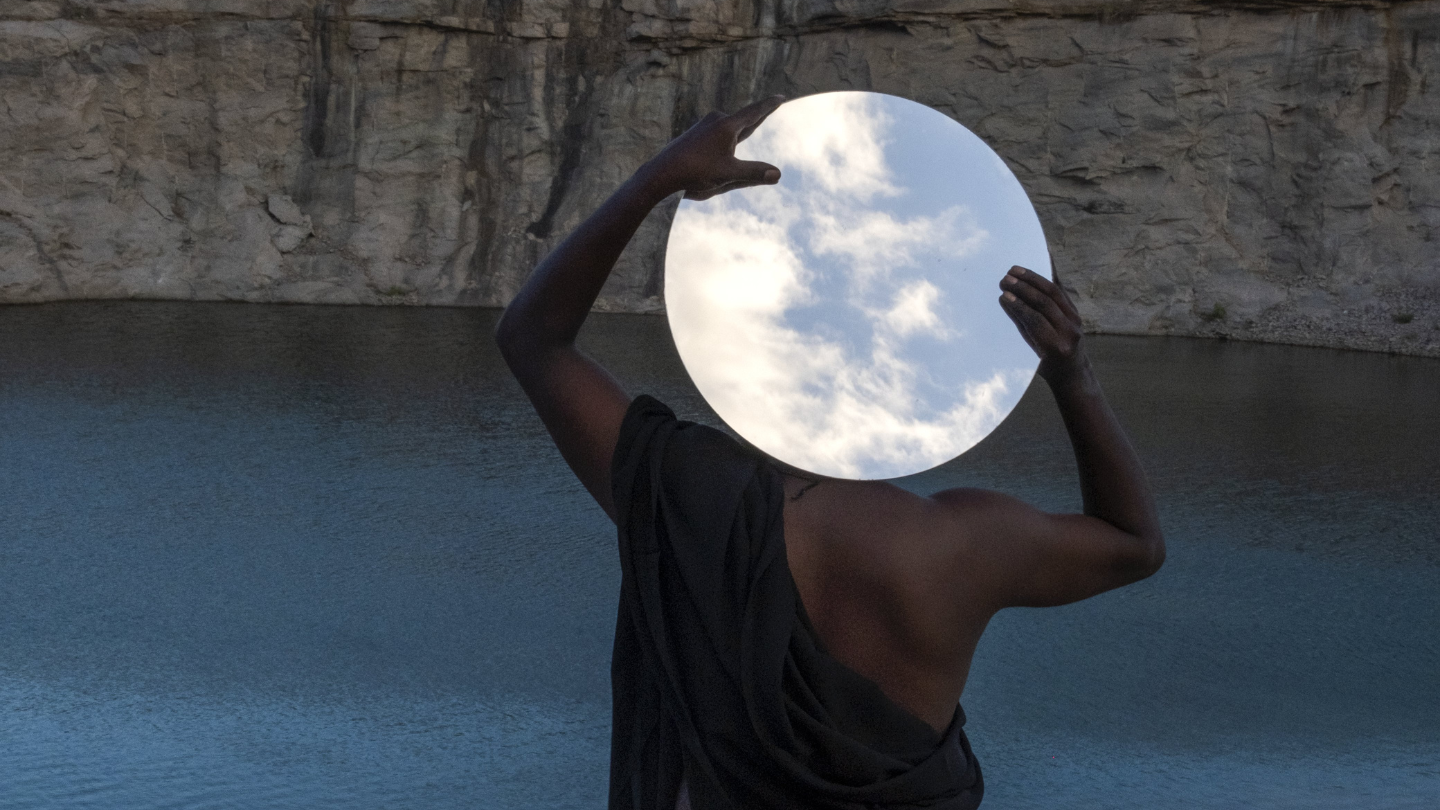Exhibitions
Chay Reds, Ferrous Black: The untold stories of Indian trade textiles in Sri Lanka
The Museum of Art & Photography invites you on a remarkable journey through time with “Chay Reds, Ferrous Black”, an exhibition that reveals the untold stories of Indian textiles found in Sri Lanka. These exquisite Palampores and textile fragments, dating back to the 18th century, once graced humble homes as well as sacred temples. Today, they serve as storytellers, weaving together the rich and intricate history shared between two ancient cultures.
India and Sri Lanka may be separated by the Palk Strait, but these same shallow waters also ensured that their histories intertwined through trade. From the bustling shores of the Coromandel Coast in India, vibrant textiles made their way to Sri Lanka, not just as commodities, but as carriers of culture, faith, and artistic endeavour. Within the Sri Lankan context, Indian symbols take on new meanings, getting localised and gently weaving themselves into the fabric of local traditions and customs.
Thus, the motifs adorning these textiles tell stories that resonate deeply with both Indian and Sri Lankan audiences. The luscious pomegranate, a symbol of fertility associated with Goddess Lakshmi, and the majestic elephant, a key element of religious and royal practices, reflect shared beliefs in abundance and ceremony. And of course, the peacock or mayura, divine vehicle of the God Skanda-Kartikeya and signifier of kingship in both lands. Over time, Indian textiles also started depicting sacred beings from the island’s rich pantheon.
These painstakingly hand-printed and hand-painted textiles have been known by many names over the centuries. The Dutch called them “Sarasse”, the British referred to them as “Chintz.” Painted in the striking chay reds and ferrous black, they reveal sheer artistry and delicate craftsmanship that captivated people across the world. But in Sri Lanka, these vivid designs weren’t just decorative; they were symbols of prestige, tradition as well as the everyday.
Whether you are fascinated by history, drawn to myths and legends, or a lover of textile craftsmanship, “Chay Reds, Ferrous Black” offers an evocative look into the ties that have bound India and Sri Lanka together for generations. This is more than an exhibition—it is an invitation to rediscover a shared heritage, one thread at a time.
This exhibition is accompanied by Sale of Sink, a game that uncovers hidden stories of maritime trade and sheds light on the lesser-known histories of chintz. Click here to play.
The exhibition has been made possible in partnership with Bank of America
![]()
MAP is grateful to scholars and artists including Mark E Balmforth, Mayank Mansingh Kaul, Renuka Reddy, Rosemary Crill and Steven Cohen for generously sharing their knowledge with us.
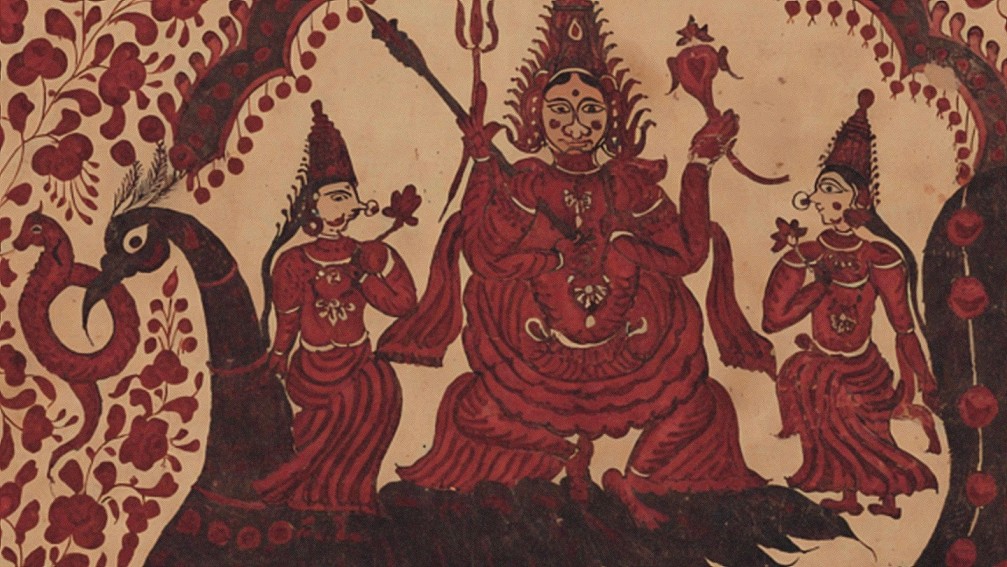
Kalamkari Wall Hanging, Unknown, late 19th century-mid 20th century, Andhra Pradesh/Tamil Nadu, India, cotton, natural dyes, L. 112.5 cm, W. 62 cm, TXT.00197

